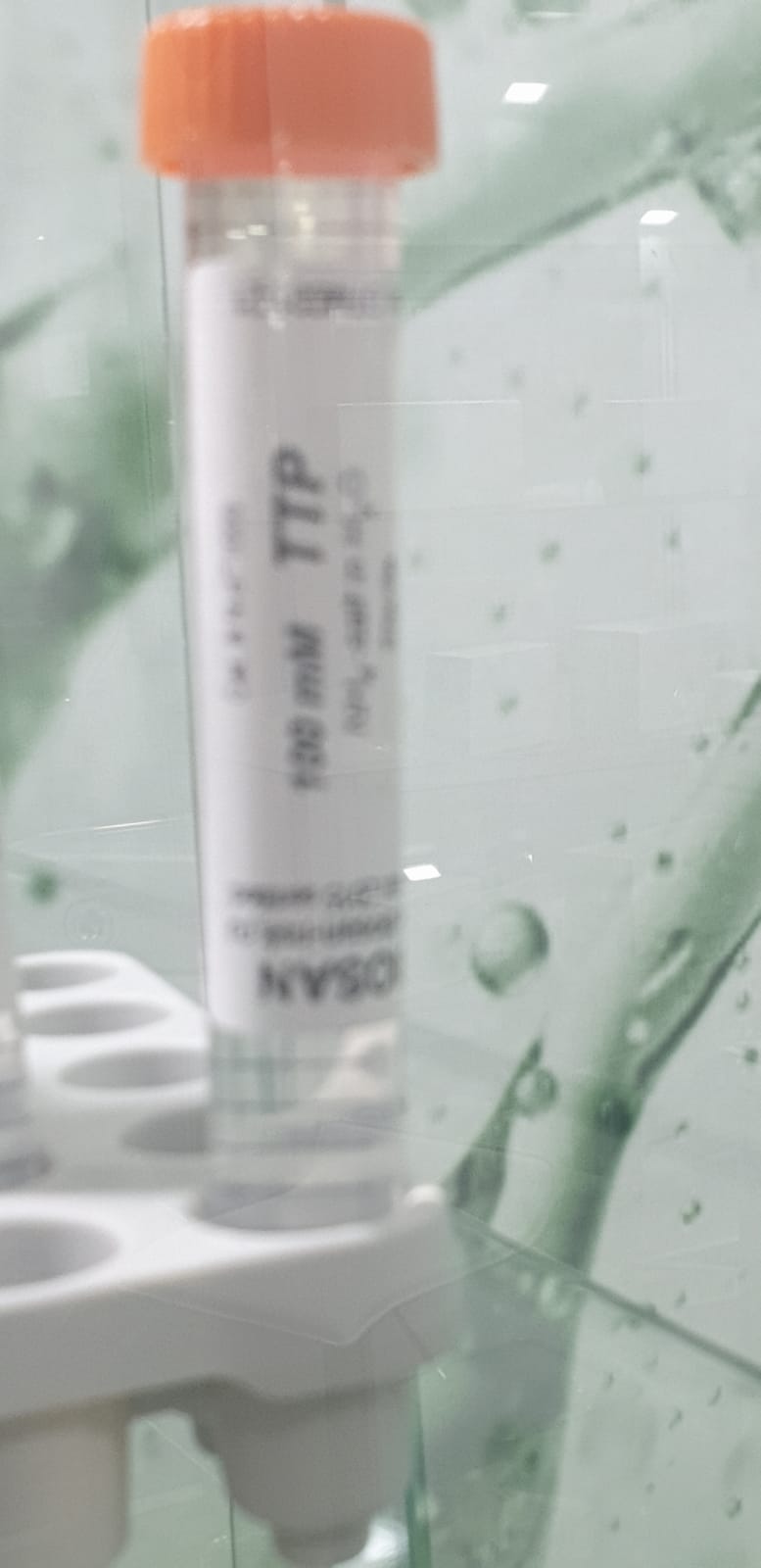Abstract
Thrombotic thrombocytopenic purpura (TTP) is an autoimmune disorder characterized by thrombocytopenia, hemolytic anaemia, fluctuating neurological deficits, fever, and kidney failure. This case report is about a young man who developed acute-onset right-sided palsy, dysarthria, and central facial palsy, suggestive of stroke, but ultimately diagnosed as TTP. In addition, the clinical presentation of TTP is discussed and some teaching points for emergency physicians are emphasized.
Keywords: thrombotic thrombocytopenic purpura, emergency department, acute ischemic stroke, dysarthria
Discussion
TTP is a life-threatening disease characterized by thrombocytopenia, microangiopathic hemolytic anaemia, fluctuating neurological signs, kidney failure, and fever. The condition is rare with an annual incidence in adults of 3.7 per million. It is seen predominantly in women, usually between the ages of 30 and 40.
The pathogenesis of TTP is attributed to the presence of unusually large von Willebrand factor (vWF) multimers leading to platelet accumulation and subsequent microvascular thrombosis. These vWF multimers are normally cleaved into smaller protein units by a metalloprotease enzyme, von Willebrand factor cleavage protease (ADAMTS-13).
Deterioration of ADAMTS-13 activity leads to excessive accumulation of vWF, which can then lead to the appearance of TTP. TTP is primarily idiopathic but can be triggered by clinical conditions such as bacterial or viral infections, pregnancy, drugs (eg, clopidogrel, ticlopidine, quinine, cyclosporine), and autoimmune disorders (systemic lupus erythematosus, thyroiditis, and antiphospholipid syndrome).
Identifying the first acute episode of TTP is challenging, as no specific clinical symptoms or biological criteria are available for diagnosis. Suspicion of TTP is based on the association of several clinical symptoms and laboratory results. The brain is the most common target of ischemia, and abnormal neurologic findings are present in most cases of TTP. Patients often develop headaches, confusion, ataxia, seizures, and focal and mental status abnormalities.
Other common symptoms are fever, weakness, arthralgia, myalgia, jaundice, nausea, vomiting, diarrhoea, and abdominal pain. Bleeding of the skin and mucosa secondary to thrombocytopenia is also common. Patients may have renal abnormalities including oligoanuria, acute renal failure, albuminuria, and microscopic hematuria. Consumption of thrombocytopenia is present in most patients. cases, with platelet counts often below 20,000 × 109.
Widespread fibrin deposition in vessels causes mechanical trauma to pass red blood cells, resulting in fragmented red blood cells in the blood smear. Haemoglobin is usually below 80 g / l (8 g / dl) secondary to hemolytic anaemia. Elevated levels of lactate dehydrogenase and bilirubin may represent intravascular hemolysis.
Currently, plasmapheresis treatment is indicated for all adult patients with a clinical diagnosis of TTP. Since the availability of plasmapheresis treatment, mortality has decreased from 90% to about 10%. Since delayed initiation of plasmapheresis correlates with treatment failure, early diagnosis and treatment are essential.
Conclusion
Prompt diagnosis and treatment are necessary to decrease the risk of fatal outcomes in patients with TTP. Emergency physicians must be familiar with the clinical presentation and laboratory abnormalities of TTP in order to make an early diagnosis. In patients with fluctuating neurologic findings, thrombocytopenia, hemolytic anaemia, and fever, the diagnosis of TTP should be considered.




